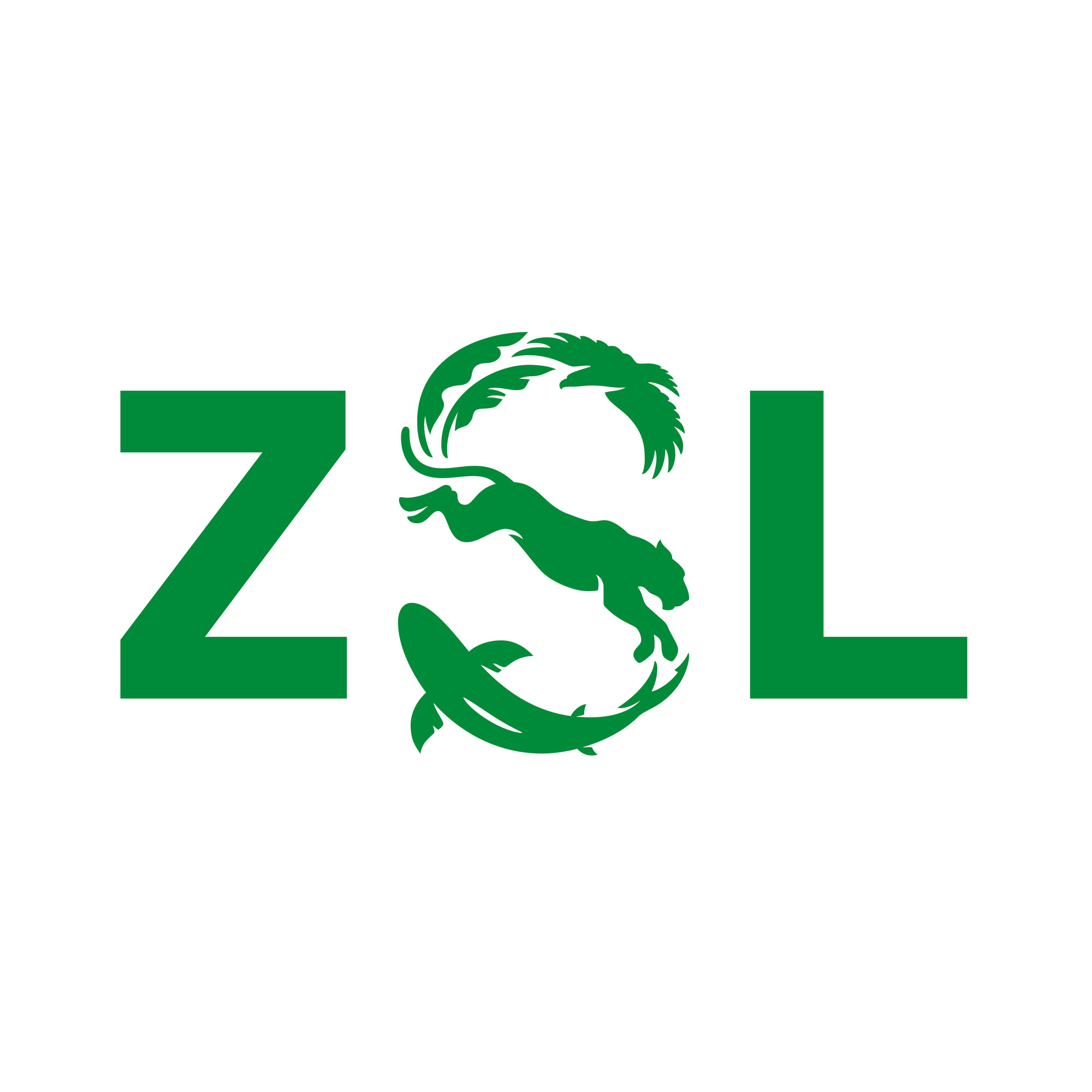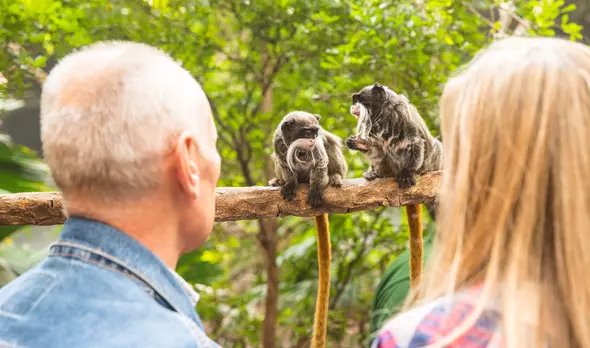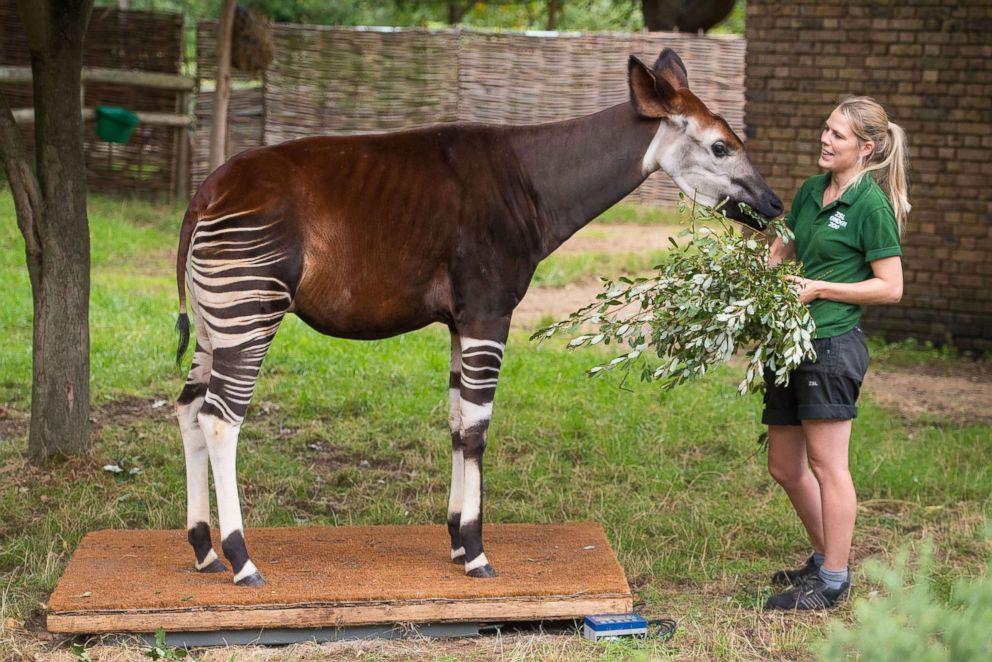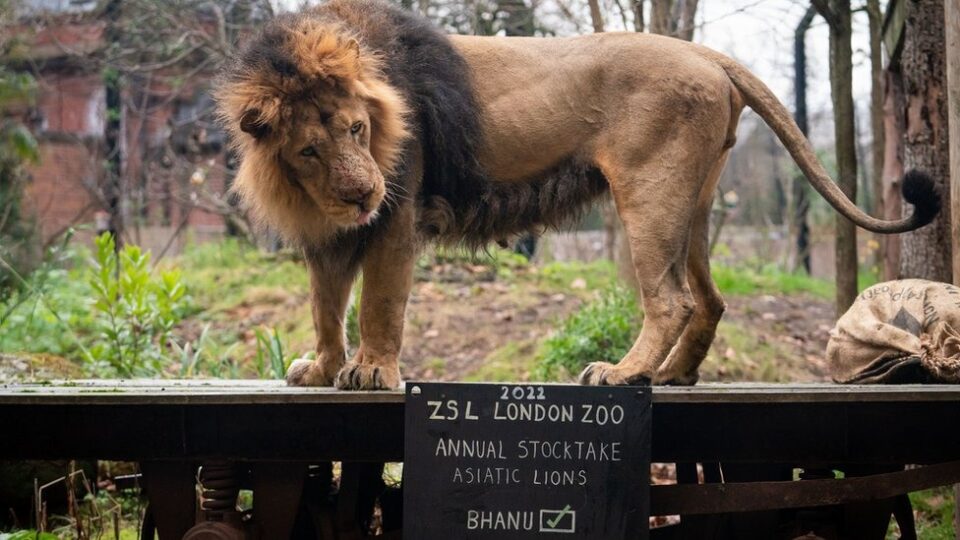Introduction:
The Zoological Society of London, or ZSL as it is commonly known, has been working towards the conservation of wild animals and their habitats for over 200 years. What began as a small group of people passionate about animals in 1826 has now grown into a global organization, with hundreds of projects and initiatives spanning over 50 countries. Whether you’re a wildlife enthusiast, a conservationist, or someone who cares about the planet we live on, ZSL’s work is sure to inspire you. In this blog post, we’ll explore the many different ways in which ZSL is making a difference, and why their work is so important.
Research and Conservation
One of the most significant contributions of ZSL to wildlife conservation has been through their research. With their own labs and field researchers, they are working tirelessly to understand and track wildlife populations, their habitats, and their ecosystem. For instance, their research on giraffes showed that there are actually four different species and not just one. They are also working hard to raise awareness about the importance of conservation and engaging with communities to ensure a positive impact on stakeholders. ZSL’s field projects span from marine conservation in the Philippines to protecting orangutans in Borneo. 
Zoo Exhibits
Most people are familiar with the London Zoo, which is a part of ZSL. While zoo exhibits have received criticism in the past for treating wild animals as entertainment, ZSL makes clear that its mission is to inspire visitors to care about wildlife and conservation. Animals in the zoo are kept in spacious accommodation, receive proper nutrition and veterinary care. The zoo is also involved in several conservation programs, including breeding endangered species. 
Education and Advocacy
ZSL is well-known for its education initiatives, both for adults and children. They run courses on animal behavior, conservation, and wildlife photography. They also have several programs designed for school children such as workshops and overnight stays at the zoo called “Zoo Nights”. ZSL also works as advocates with local government, businesses, and policymakers to promote sustainable development, protect endangered species, and preserve wild habitats.
Science and Technology
In recent years, ZSL has invested heavily in technology-aided conservation. ZSL is spearheading initiatives like Instant Detect, where cutting-edge technology is used to identify wildlife species affected by poaching. Camera traps help conservationists monitor the movement of animals around the world and identify behaviors that have been difficult to study before. ZSL’s Forward-looking infra-red (FLIR) technology allows conservationists to view animal movement patterns without disrupting the habitat or using invasive tracking methods.
Partnerships
ZSL partners with a variety of organizations, including governments, local communities, and other non-profits. These partnerships are ultimately important in the creation of robust, sustainable, and long-lasting conservation programs. For example, the Quagga Project, run by ZSL and partners, highlighted the successful breeding of an animal which was thought to be extinct since 1878. ZSL is currently working on more than 50 field projects across the globe.
In Conclusion: ZSL – A Beacon of Hope for Wildlife and the Planet
As it can be seen, ZSL’s work is multifaceted and essential for keeping the planet’s ecosystem safe and sustainable. Through its cutting-edge research, education initiatives, zoo exhibits, technological research, and partnerships with local communities, ZSL is making a significant impact in the conservation of wild animals and their habitats. It’s hard not to admire their dedication towards ensuring a world where wildlife thrives. Although the challenges facing conservation efforts may appear daunting, ZSL serves as a shining beacon of hope that progress can and is being made.

